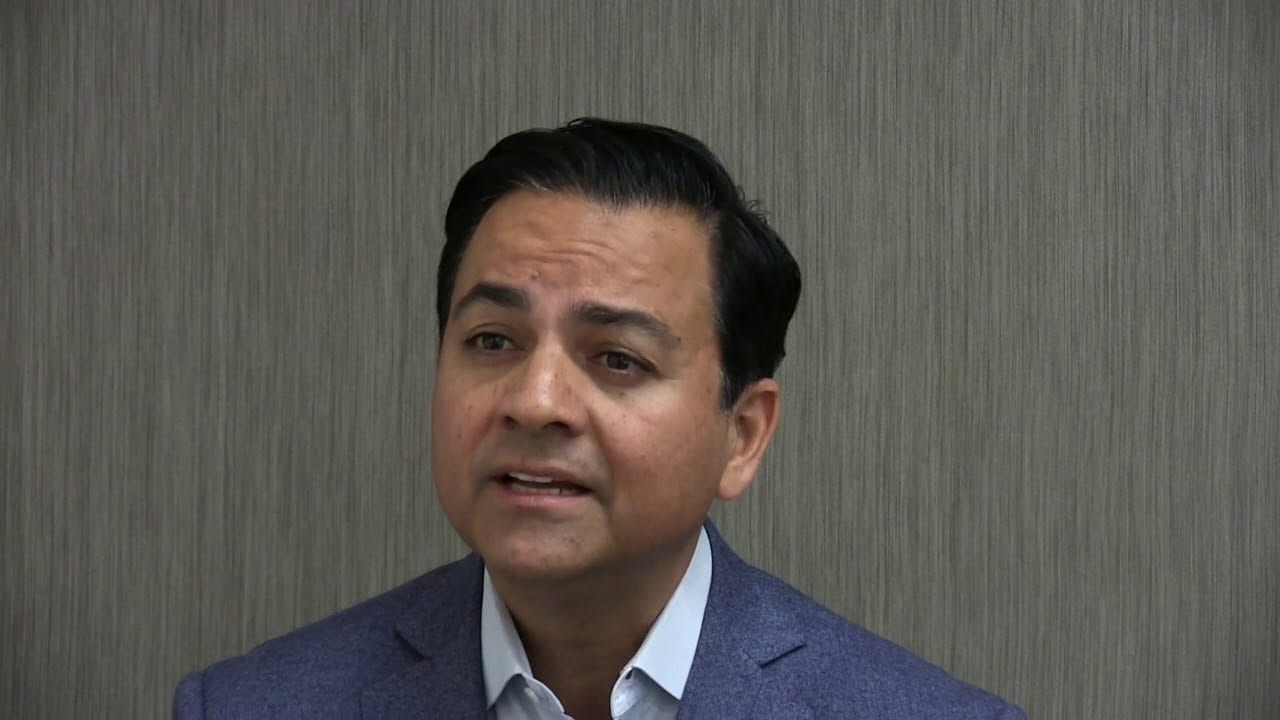
SpringWorks seeks $115M to push Pfizer drugs across finish line while Satsuma sells migraine play in $86M IPO
SpringWorks and Satsuma — both biotech spinouts that have closed B rounds in April — are loading up with IPO cash to boost their respective late-stage plans.
SpringWorks
Bain-backed SpringWorks is the better-known company of the two, and it’s gunning for a larger windfall of $115 million to add to $228 million from previous financings. In the process, the Stamford, CT-based team is also drawing the curtains on the partnerships it has in mind for the pair of assets it had initially licensed from Pfizer.
Unlock this article instantly by becoming a free subscriber.
You’ll get access to free articles each month, plus you can customize what newsletters get delivered to your inbox each week, including breaking news.